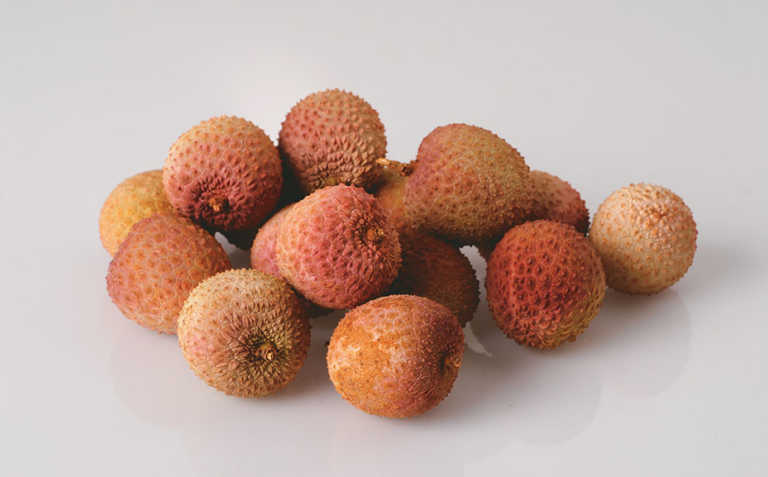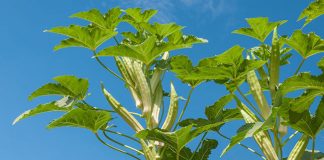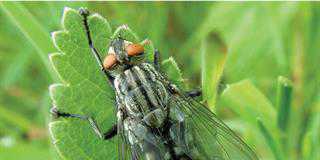
Photo: FW Archive
The litchi is an evergreen tree up to 20m high and bearing fleshy fruits. The outside of the fruit is covered with an inedible, pink-red, roughly textured rind, easily removed to expose the sweet, translucent, white flesh.
The average maximum temperature for litchi production should be at least 23°C during October and 24°C during November, with a relative humidity of 50% or higher.The average monthly minimum temperature should be above 6°C.
Winters should be cold and dry for good dormancy, but litchis cannot cope with heavy frost. If necessary, you can force the trees into dormancy by withholding water/irrigation during the three coldest months of the year. Take care, however, that the young trees do not dry out.
Litchis grow well in sandy soil in the cooler subtropical areas and in clay soil in warmer areas.
Because of the varying root distribution in different soils (deep in sandy soils, shallow in clay soils) water is crucial for the optimal development of the plant. If you are farming in sandy soil,
use short irrigation cycles with small amounts of water. In clay soils, the water is available for longer periods, but you should ensure that the soil does not become too wet or too dry.
Poorly-drained soil or soil with an impenetrable layer shallower than 1m below the surface is not suitable for litchis. Although gravelly or rocky soils drain efficiently, they do not supply enough water to trees because they do not hold water well.
Good irrigation practice, such as wetting the soil more frequently with small amounts of water, make these soils more suitable.
Cultivars
Litchi cultivars grown in South Africa are divided into the following groups:
- Mauritius group – Produces satisfactory yield and fruit of good quality. Includes HLH, Mauritius, Muzaffarpur, Late Large Red, Hazipur, Saharanpur and Rose-Scented.
- Chinese group – Produces very poor yield, but the fruit is of excellent quality. Includes Haak Yip, Shang Shou Huai, Kontand, Glutinous Rice and Three Months Red.
- Madras group – These trees bear colourful red fruit, but fruit quality is poor. Includes Kafri, Shorts Seedless, Johnstone’s Favourite, Emmerson, Durbhanga, Maries, Mooragusha, Madras 19, Hazipur/Saharanpur, Red McLean, Brewster and Bedana.
Propagation: the best method
Grafting litchis is difficult and seedlings are not reliable producers of quality fruit. Air-layering is therefore the most common method of propagating litchis.
In air layering, a portion of a stem grows roots while still attached to the parent plant and is later detached as an independent plant.
A good air-layer tree has a single erect stem. The first scaffold branches should branch horizontally at a height of about 200mm. Avoid any sharp forks that branch lower than this.
In grafted trees, the graft-union height should be about 200mm from the ground so that the first scaffold branches can branch at 300mm.
The graft union must be strongly attached and the nursery must remove the grafting strip so that girdling cannot occur.
Aftercare of grafted trees is important. Remove suckers and wild shoots that develop on the rootstock below the graft wound.
The buds will start swelling and growing after five or six weeks. A small cut can then be made through the plastic covering next to the bud.
The bud grows through this cut, but the plastic strip must not be removed too soon. Once the first new growth has hardened off, you can remove the strip.
Grafted trees have a better root system than trees developed from air layers and therefore show rapid initial growth. However, air layering is better than grafting because it produces a better end-product.
Source: Directorate Communication, department of agriculture, in cooperation with ARC-Institute for Tropical and Subtropical Crops.













